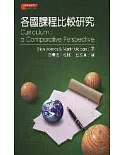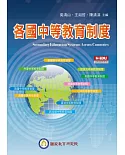Approaches and methods in comparative education are of obvious importance, but do not always receive adequate attention. This second edition of a well-received book, containing thoroughly
updated and additional material, contributes new insights within the longstanding traditions of the field.
A particular feature is the focus on different units of analysis. Individual chapters compare places, systems, times, cultures, values, policies, curricula and other units. These chapters are
contextualised within broader analytical frameworks which identify the purposes and strengths of the field. The book includes a focus on intra-national as well as cross-national comparisons,
and highlights the value of approaching themes from different angles. As already demonstrated by the first edition of the book, the work will be of great value not only to producers of
comparative education research but also to users who wish to understand more thoroughly the parameters and value of the field.





















